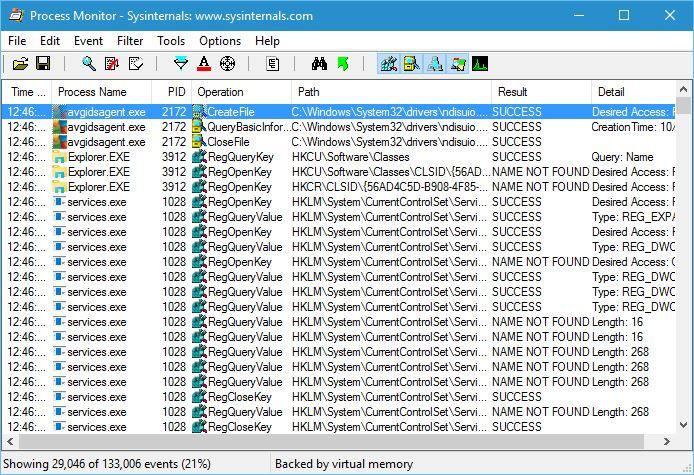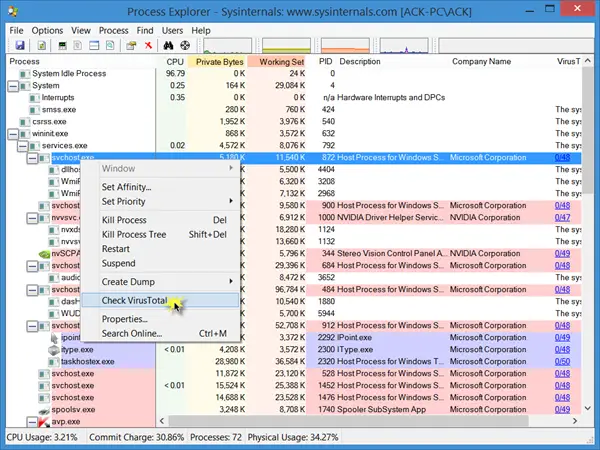

This is what the dialog box looks like the first time you use it: Detailed Instructions and Tipsįirst, open up the Options | Configure Symbols. It here for the benefit of others and give some detailed insights into how to know whether it is truly working or not. I finally made it work, and came to understand why it was not working, so I thought I would explain I did not see the screenshot, just the link. Path, and other articles on the web were also outdated or did not give the windbg.dll path at all. His screenshot was correct, but the link he gave for information had an old windbg.dll However, I was not having much success getting it to work. The book uses Sysinternals Process Explorer application heavily and discusses how to enable debugging symbols downloads via the Microsoft symbol server to enable resolution of raw address offsets in executables to symbolic names, for instance, in the Threads tab of a process’s Properties dialogue box or in stack traces.

I am following along in Windows Internals, Part 1, Edition 7 by Mark Russinovich, et. NOTE: The Dbghelp.dll path is different from the paths I have seen in older articles, The Debugging Tools for Windows installed after the WDK too. This is my setup, and works for me, with the Windows Driver Kit (WDK) installed as well as the Software Development Kit (SDK) with

You can call it whatever you want, and put it My C: drive is short on space, and the the local symbols cache can get very big, many gigabytes.

With this information it is now possible for us to analyse the log files, track down the origin of the file being printed, grab a copy (when EveryonePrint is setup for 'DebugKeepFiles) and perform debugging in our lab etc.In the picture above, I show the path to the local symbols cache (between the asterisks in the Symbols path) on the D: drive. Using Process Explorer to track a process using high-CPU here cpp.exe is using 30% + CPU and we can identifiy the file currently being printed.Using Process Explorer to identify EveryonePrint Web service in normal operation.Setup Process Explorer View: Show Process Tree / Show Lower Pane -> Handles.Setup Process Explorer Options: Allow Only One Instance.Setup shortcut properties with /t (start minimized) and /e (start elevated) as show on screen-shot below.You can create a shortcut to launch Process Explorer at startup: on Windows 2012, click Start and enter "shell:StartUp".Download Sysinternal Process Explorer from Microsoft site at.More in depth tracking of running processes and files handles is then necessary. In such occasion, log files may not be sufficient to track down the root cause of the issue. On some rare occasion people have reported an issue where CPU usage on the EveryonePrint server was reaching heights close to 100%.


 0 kommentar(er)
0 kommentar(er)
